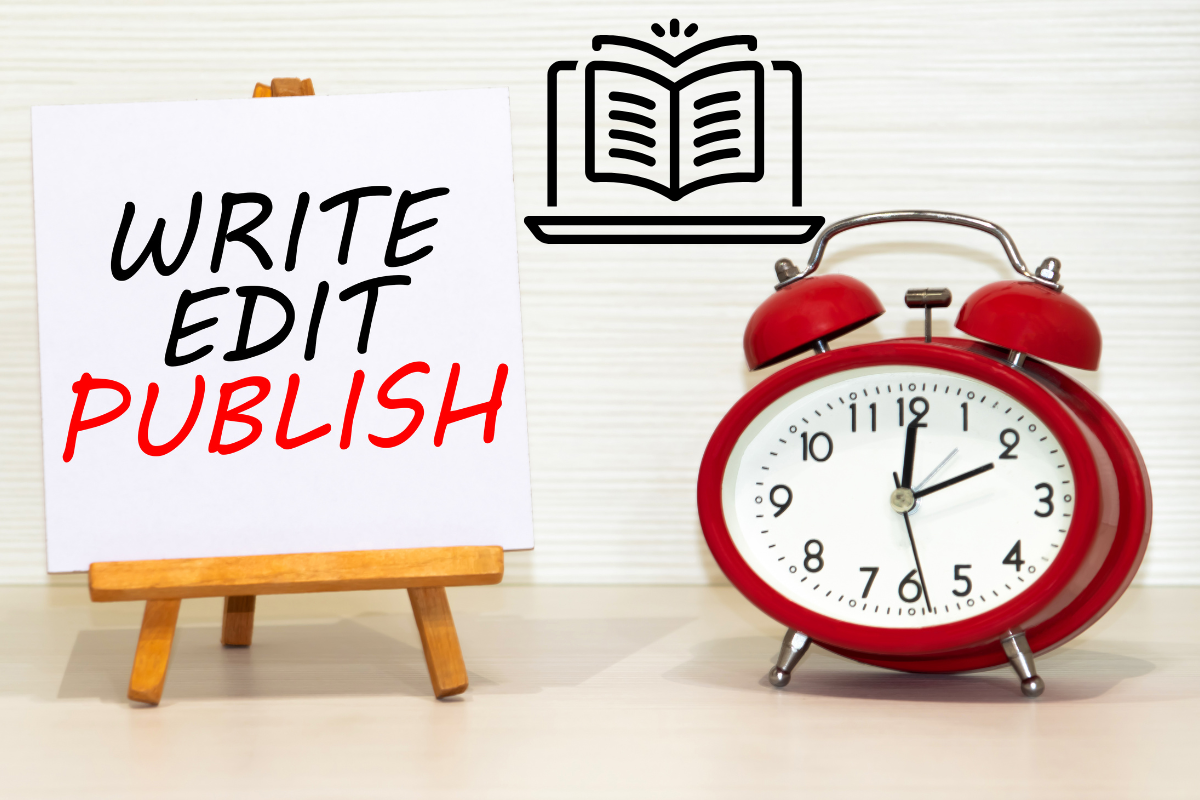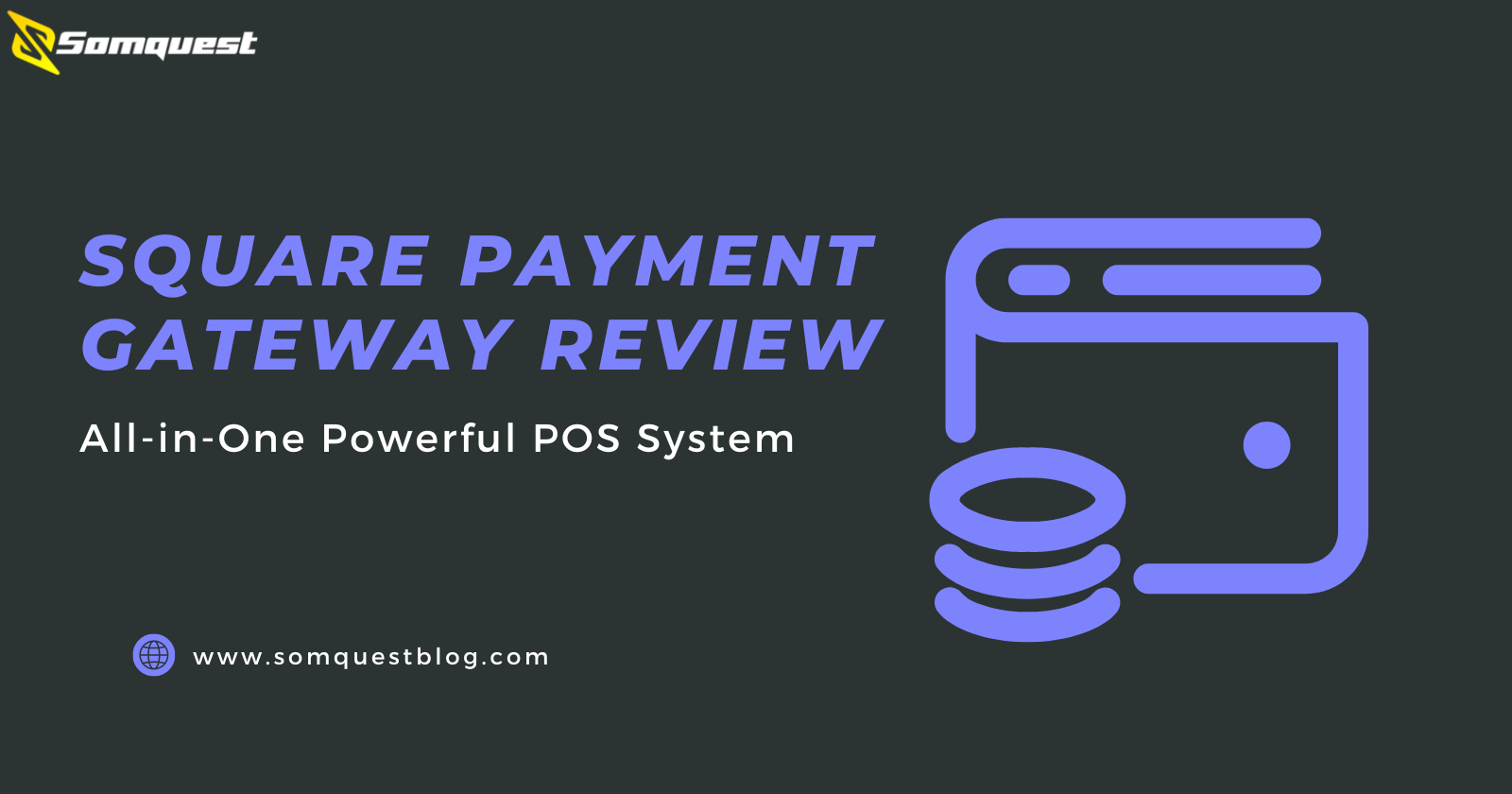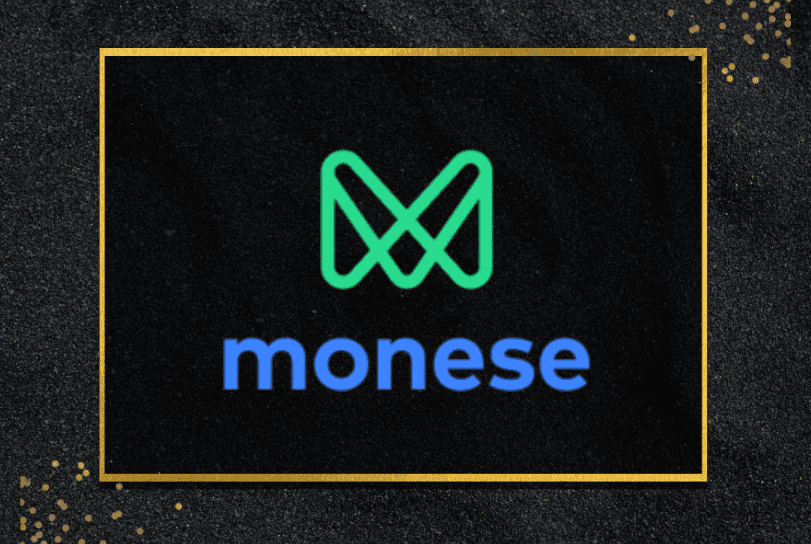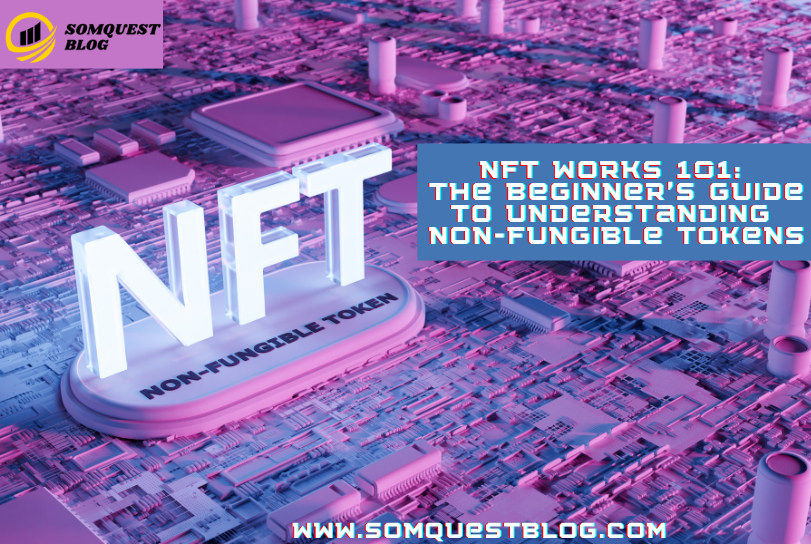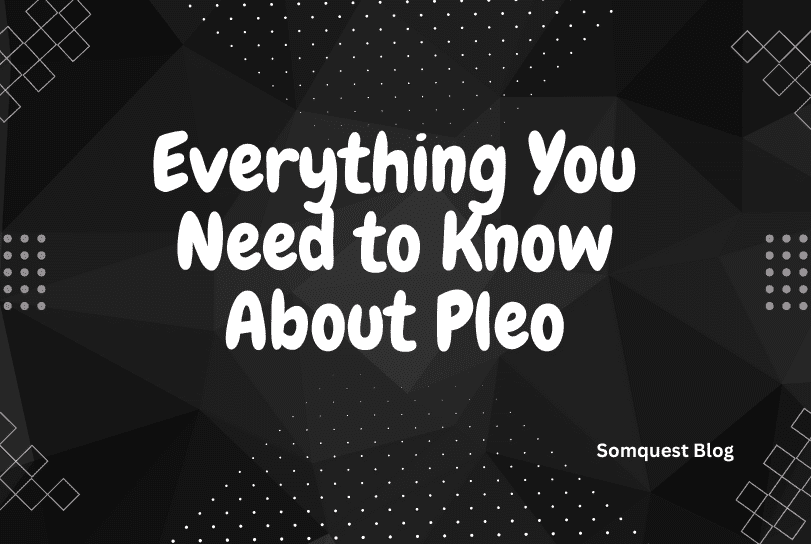Wondering how to write and publish your first eBook? Writing an eBook is an exciting opportunity to share your ideas and stories while potentially earning extra income. With the rise of self-publishing, it’s easier than ever to turn your passion into profit.
Discover expert advice on How to Write and Publish Your First Ebook with this comprehensive self-publishing guide. Learn how to write an ebook, get valuable ebook writing tips, and navigate the self-publishing process for success. Let’s dive into the process so you can begin your journey today!
Table of Contents
Understanding the Ebook Landscape
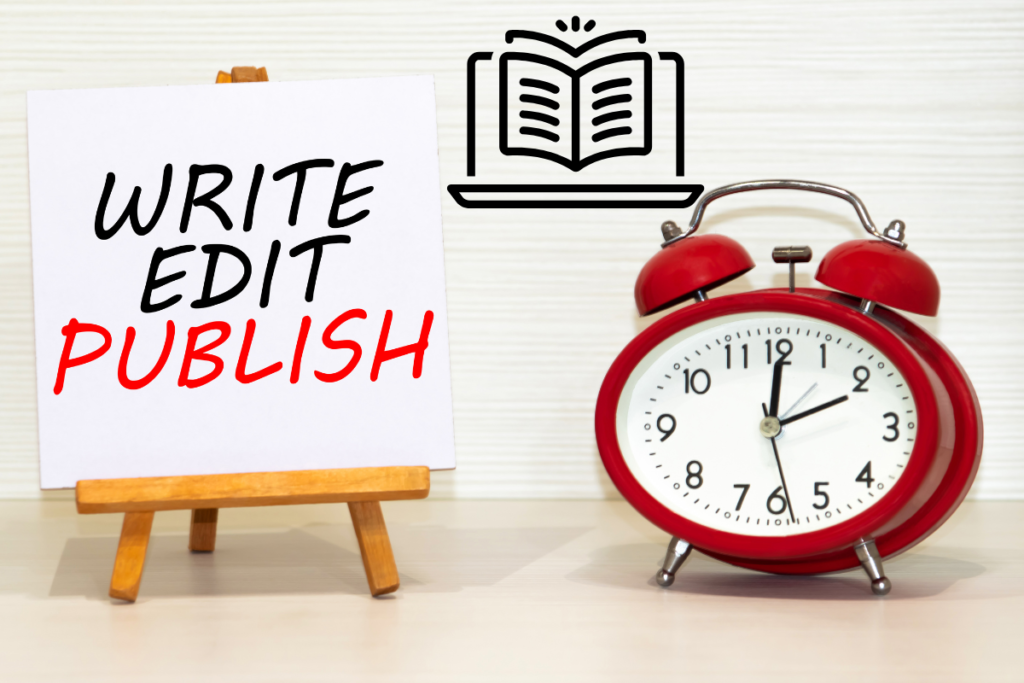
The ebook market has transformed remarkably over the past few years. Knowing its evolution and audience can help you create a successful ebook that resonates with readers. Here’s a closer look at the key aspects of the ebook landscape.
Evolution and Significance of Ebooks
Ebooks emerged in the late 20th century, evolving from basic text files to rich, interactive content. Initially, they faced scepticism, but advancements in technology brought about a seismic shift. Today, ebooks are a preferred format for many readers due to their easy accessibility and portability.
Devices like Kindle and tablets have made reading more convenient than ever. This evolution isn’t just about technology; it marks a shift in how information is consumed. Ebooks allow for instant access, often at a lower cost than print.
The significance of ebooks lies in their ability to reach a global audience. Writers now have the power to publish work without traditional gatekeepers. This increased accessibility opens a world of opportunities for both readers and authors.
Potential Market and Audience Analysis
The potential market for ebooks is vast. Readers range from casual consumers to dedicated enthusiasts across various genres. Understanding your target audience is essential when writing your ebook.
Consider key demographics like age, interests, and reading habits. For example, younger readers often favour fiction and self-help ebooks. In contrast, professionals might seek out non-fiction and educational materials.
Market research can help you identify trends and preferences. There’s also an emerging interest in niche subjects, which means there’s space for diverse topics. Stay alert to industry shifts and reader demands for the best chance of success.
To tap into this market, you need a strong marketing strategy. Promote your ebook effectively through social media, newsletters, and online platforms. Engaging your audience early on can build anticipation and drive sales when your ebook launches.
Planning Your Ebook: How to Write and Publish Your First Ebook
When creating your first ebook, careful planning is crucial. It sets the foundation for what you will write and whom you’ll reach. Start by selecting a compelling topic, defining your target audience, and outlining the book’s structure. Each step will guide your writing process and help you stay organised.
Choosing a Compelling Topic
Your topic should be engaging and relevant to your potential readers. Consider areas where you have expertise or a strong interest. Use tools like Google Trends or online forums to spot what people are curious about.
Make a list of 5-10 ideas. Evaluate each for uniqueness and audience interest. Aim for a topic that not only excites you but also solves a problem or fills a need. A focused topic drives interest and connects with your readers right from the start.
Defining Your Target Audience
Knowing who your audience is vital for tailoring your message. Start by asking questions: Who are they? What do they want to learn? What challenges do they face?
Create a reader profile that includes age, interests, and reading habits. You might even conduct a brief survey or check social media to gather insights. Understanding your audience helps you choose the right tone and content, making your ebook more relatable and appealing.
Outlining the Structure
An effective outline acts like a roadmap for your ebook. Begin with a clear introduction explaining what readers can expect. Organise the main content into distinct chapters or sections, each covering a specific aspect of your topic.
List key points for every chapter to ensure a logical flow. Don’t forget to add a conclusion that ties everything together. A well-structured outline keeps your writing focused and makes the editing process smoother later on.
This approach not only enhances readability but also ensures that you cover all important areas systematically.
Content Creation

Creating compelling content is key to a successful eBook. You want your readers to find value and enjoy the experience. This involves writing engaging text and adding visuals or interactive elements that enhance understanding.
Writing Engaging and Valuable Content
To keep readers hooked, focus on writing clearly and concisely. Start with a strong outline. This roadmap will guide your thoughts and help maintain a logical flow. Use simple language to convey your message. Break down complex ideas into digestible chunks.
Engage your audience by asking questions or including relatable anecdotes. Encourage them to reflect on their experiences. Use bold headings and italics to highlight crucial points, making it easy to skim your content.
Additionally, remember to provide practical tips, actionable advice, or helpful resources. This boosts your credibility and encourages readers to share your eBook. Using bullet points or numbered lists can draw attention to important information, making it easier to digest.
Incorporating Visuals and Interactive Elements
Visuals can significantly enhance your eBook. Including images, graphs, or charts makes the text more engaging. A striking cover design can attract readers, while relevant graphics can underscore your key messages. Use tools like Canva or Adobe Spark to create professional visuals.
Consider adding interactive elements, such as hyperlinks to useful resources or embedded videos. This breaks up the text and provides readers with a richer experience. You can also include checklists or worksheets that readers can fill out.
Finally, ensure all visuals are high quality and relevant. Poor images can make your eBook look unprofessional. So, choose your visuals wisely, aiming for consistency in style and tone throughout the book.
Editing and Formatting
Editing and formatting are crucial steps in creating a professional-looking eBook. These processes help ensure that your content is clear, engaging, and easy to read. Let’s dive into the details.
Professional Editing and Proofreading
Once you’ve finished your draft, it’s time for editing. Consider hiring a professional editor who can provide a fresh perspective. They can catch grammatical errors and improve the flow of your writing.
You can also ask friends or colleagues to read your eBook. They might spot issues you’ve overlooked. Using tools like Grammarly or Hemingway can help. These tools check for spelling and grammar mistakes and suggest improvements.
After editing, don’t skip proofreading. This step checks for any lingering typos or format issues. Reading your eBook out loud can help you catch awkward phrasing and ensure it sounds natural.
Remember, a polished eBook gives readers confidence in your work and encourages them to recommend it.
Choosing the Right Format and Layout
Choosing the right format is essential for your eBook’s success. Most platforms accept common formats like EPUB and MOBI. These formats ensure compatibility with various e-readers.
Take time to plan your layout. A clean, professional layout enhances readability. Use headings and subheadings to break up text and guide readers. Lists and bullet points can make information clear and accessible.
Don’t forget about images—ensure they’re high-quality and relevant. Adding a table of contents can also improve navigation. Most importantly, test your eBook on different devices to see how it looks. A well-formatted eBook makes for a better reading experience.
Cover Design and Branding
Creating an eye-catching cover is crucial for your ebook. It’s your first chance to grab potential readers’ attention. A well-designed cover reflects your book’s content and sets the right tone.
Key elements of a great cover:
- Images and Graphics: Choose high-quality images that relate to your theme. Avoid cluttering the design; simplicity often works best.
- Fonts: Use clear, attractive fonts. The title should be easily readable, even in thumbnail size.
- Colour Scheme: Select colours that evoke emotion and fit your book’s genre. For instance, dark colours can suggest mystery or suspense.
Branding goes hand in hand with cover design. Your cover should be consistent with your personal brand as an author. This builds recognition and trust among readers.
Tips for effective branding:
- Logo: If you have a personal logo, include it on your covers for a professional touch.
- Author Name: Maintain a consistent style for your name across all your ebooks. This creates a strong identity.
- Social Media Links: Consider adding your social media handles or website URL. This helps readers connect with you easily.
If you’re not comfortable designing your own cover, consider hiring a professional. Remember, a captivating cover can be the difference between a potential reader clicking on your book or scrolling past it.
Protecting Your Work
When you write an eBook, it’s crucial to safeguard your ideas and content. Two key aspects to consider are understanding copyright and licensing laws and implementing digital rights management (DRM). Let’s explore how you can protect what you’ve created.
Understanding Copyright and Licensing
Copyright is automatic when you create original content. This provides you exclusive rights to your work, meaning no one else can reproduce, distribute, or adapt it without permission.
To strengthen your protection, consider registering your copyright with the relevant authority in your country. Doing so makes it easier to defend your rights if someone infringes on them.
Licensing allows you to control how others can use your work. You can offer varying rights, such as allowing specific uses or duration. Always be clear in your licensing terms to avoid confusion. Use copyright symbols and include statements in your eBook to remind readers that your work is protected.
Implementing Digital Rights Management (DRM)
Digital Rights Management (DRM) is technology that helps protect your eBook from unauthorised use. It prevents people from copying or sharing your work without your consent. Most self-publishing platforms, like Amazon Kindle Direct Publishing, offer DRM options during the publishing process.
When you enable DRM, readers may only access your eBook on specific devices or apps. This makes it harder to share the file illegally. Keep in mind, though, that some readers prefer content without DRM because it limits their ability to share with friends or read on multiple devices.
Consider your target audience when deciding whether to implement DRM. Weigh the benefits of protection against the potential inconvenience for readers.
Publishing Platforms and Distribution
Choosing the right platforms and distribution methods is essential for getting your ebook into the hands of readers. Here’s what you need to know about self-publishing platforms and how to effectively distribute your work.
Selecting the Right Self-Publishing Platform
When you start your self-publishing journey, selecting the right platform is crucial. Popular choices include Kindle Direct Publishing (KDP), Smashwords, and Lulu.
- KDP: This Amazon service offers easy setup and broad reach since millions of readers shop on Amazon. It can take just a few days for your ebook to go live.
- Smashwords: Great for reaching multiple retailers like Apple Books, Barnes & Noble, and Kobo. It gives you the flexibility to publish widely without exclusivity.
- Lulu: Known for its print options, Lulu also allows you to distribute ebooks in various formats.
Look for platforms that offer competitive royalty rates and user-friendly interfaces. Decide based on your target audience and the kind of support you need during the publishing process.
Distributing Your Ebook to Multiple Channels
Once your ebook is ready, effective distribution is key to reaching more readers. Think about these strategies:
- Multiple Formats: Convert your ebook into different formats like EPUB, MOBI, and PDF. This ensures compatibility with various devices.
- Library Distribution: Consider platforms like OverDrive, which distributes ebooks to libraries. This expands your readership and can lead to increased sales.
- Social Media Promotion: Use platforms like Facebook and Instagram to promote your ebook. Share snippets, engage with readers, and create excitement around your launch.
Explore options that align with your marketing goals. The more accessible your ebook is, the wider your potential audience becomes.
Marketing Your Ebook
Marketing your ebook effectively is crucial for reaching readers and boosting sales. Implementing targeted strategies can increase visibility and engage potential buyers, making all the difference in your success.
Building an Online Presence
Creating a solid online presence is the first step in marketing your ebook. Start by building a professional website where you can showcase your work. Include an author bio, book descriptions, and a blog for sharing insights or updates.
Don’t overlook the importance of search engine optimisation (SEO). Use keywords related to your ebook throughout your content to improve your site’s visibility on search engines. Consider starting a mailing list to communicate directly with your readers. Offer a free chapter or a useful resource in exchange for their email addresses.
Utilising Social Media and Email Marketing
Social media is a powerful tool for promoting your ebook. Choose platforms where your target audience is most active, such as Facebook, Twitter, or Instagram. Share engaging content like behind-the-scenes looks, quotes from your ebook, or fun polls. Use relevant hashtags to increase your reach.
Email marketing can amplify your efforts. Create a newsletter to keep your subscribers updated. Send regular updates about your ebook, including release dates, special promotions, or related content. Always ensure that the content you share is valuable and relevant to keep your audience engaged.
Leveraging Reviews and Testimonials
Positive reviews and testimonials can significantly influence potential readers. Reach out to early readers or friends and ask them for feedback. Encourage them to post their reviews on platforms like Amazon or Goodreads.
You can also feature testimonials on your website and in your marketing materials. Highlighting endorsements from respected reviewers or bloggers can add credibility. People trust recommendations, so aim to gather as many positive reviews as possible before your launch to create buzz around your ebook.
Post-Publication
Once you’ve published your eBook, the journey doesn’t stop there. It’s crucial to manage your eBook’s lifecycle and analyse sales data. These steps are key to maximising your success and honing your future writing projects.
Managing Your Ebook’s Lifecycle
Managing your eBook’s lifecycle involves staying proactive. After launch, keep your audience engaged. Consider strategies such as regular updates, promotions, and outreach.
- Update Content: Refresh your eBook based on reader feedback or changes in your topic area.
- Marketing Campaigns: Run targeted ads on social media or utilise email newsletters to reach potential readers.
- Engage with Readers: Respond to reviews and questions. This builds a loyal community.
Also, look into scheduling promotions during high-traffic periods, like holidays or special events, to boost sales. Utilising platforms that track your eBook’s performance will help you spot trends and adjust your strategy.
Analysing Sales Data to Inform Future Works
Sales data analysis offers valuable insights. Use tools available on platforms like Amazon or Kindle Direct Publishing to evaluate how well your eBook is doing.
- Sales Numbers: Track daily and monthly sales to observe any patterns.
- Reader Demographics: Understand who is buying your eBook. This can guide your marketing efforts.
- Feedback and Reviews: Pay attention to what readers say. Constructive criticism can help you improve your writing skills.
By analysing these aspects, you can tailor your next eBook to meet your audience’s preferences. Adjust pricing strategies based on sales trends. Remember, what you learn here can significantly shape your future works and increase your success in self-publishing.
FAQs: How to Write and Publish Your First Ebook
What is the first step in writing my ebook?
The first step in writing your ebook is to choose a topic that you are passionate about and knowledgeable in. Consider your target audience and what they might find valuable or interesting. Conducting some preliminary research can also help you refine your topic and ensure there is a demand for it.
How long should my ebook be?
The length of your ebook can vary depending on the topic and the depth of information you want to provide. Generally, ebooks range from 5,000 to 50,000 words. A concise, focused ebook can be as effective as a longer one, so prioritize quality over quantity.
What format should I use to publish my ebook?
Common formats for ebooks include PDF, EPUB, and MOBI. PDF is widely used for its compatibility across devices, while EPUB and MOBI are popular for e-readers like Kindle. Choose a format that suits your distribution method and audience preferences.
How can I market my ebook effectively?
To market your ebook, start by building an online presence through social media, a blog, or a website. Utilize email marketing to reach your audience directly. Consider offering a free chapter or a limited-time discount to entice readers. Collaborating with influencers or bloggers in your niche can also help increase visibility.
What platforms can I use to publish my ebook?
There are several platforms available for publishing your ebook, including Amazon Kindle Direct Publishing (KDP), Smashwords, and Lulu. Each platform has its own advantages, so consider factors like royalties, distribution options, and ease of use when choosing where to publish your ebook.






